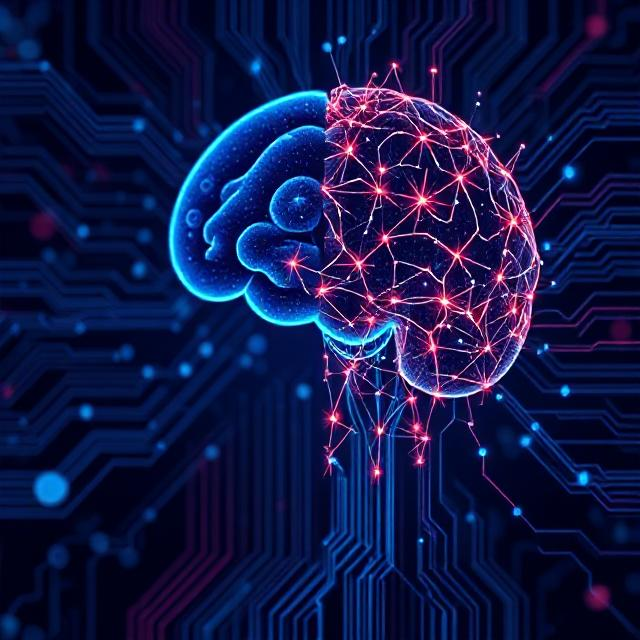Machine learning and deep learning are two important concepts in the world of artificial intelligence (AI). Though they are related, they work in different ways. In this article, we’ll break down what each of them means, how they differ, and when to use them in easy-to-understand terms.
What is Machine Learning?
Machine learning is an AI subset that enables computers to learn from data to make decisions or predictions without specific programming for each task. Rather than following a rigid set of rules, a machine learning model learns from past examples, spots patterns in the data, and uses these patterns to predict or decide future outcomes.
Machine learning has three main types:
- Supervised Learning: The model gains knowledge from data with existing labels. For example, it predicts house prices using past data (size, location, etc.).
- Unsupervised Learning: The model works on data without labels. It aims to uncover hidden patterns in the data, like grouping customers into different types based on how they buy things.
- Reinforcement Learning: The model learns through interaction with its surroundings receiving rewards or penalties for its actions. This approach finds use in games or robotics.
What is Deep Learning?
Deep learning is a more advanced type of machine learning. It uses special models called neural networks that are built to copy how the human brain works. These networks consist of layers of linked “neurons” that handle data in stages letting the model grasp more complex patterns and make better choices.
Deep learning can find patterns in raw data such as images or audio, on its own, without much human help to spot features (like an object’s color or shape in a photo). Yet deep learning needs much more data and computing power to work well, so it’s used for more complex jobs.
Key Differences Between Machine Learning and Deep Learning
- Data Requirements: Machine learning models can do a good job with smaller datasets, while deep learning models need lots of data to work well.
- Feature Engineering: Machine learning often needs help to pick the right features (key data points) to focus on. Deep learning can figure out what’s important in the data on its own.
- Complexity: Machine learning is simpler using fewer resources and less computer power. Deep learning models though, are more complex and need powerful hardware, like special computers called GPUs.
- Interpretability: It’s often easier to understand and explain machine learning models, while deep learning models are harder to make sense of, as they involve many layers of processing.
- Performance: Deep learning works better than machine learning when dealing with big messy data like pictures or voice recordings. But for easier jobs, machine learning often does the trick.
When Should You Use Machine Learning?
Machine learning fits well if you have a smaller dataset and need a model that’s easier to grasp and explain. It works for jobs like predicting what customers might do, spotting fraud, or suggesting things based on what people did before.
When Should You Use Deep Learning?
Deep learning is your best bet when you’re handling big tricky data, like pictures sound clips, or videos. It’s helpful for tough jobs like recognizing faces making cars drive themselves, or creating voice helpers (think Siri and Alexa) where the model has to learn complex patterns without much help from humans.
